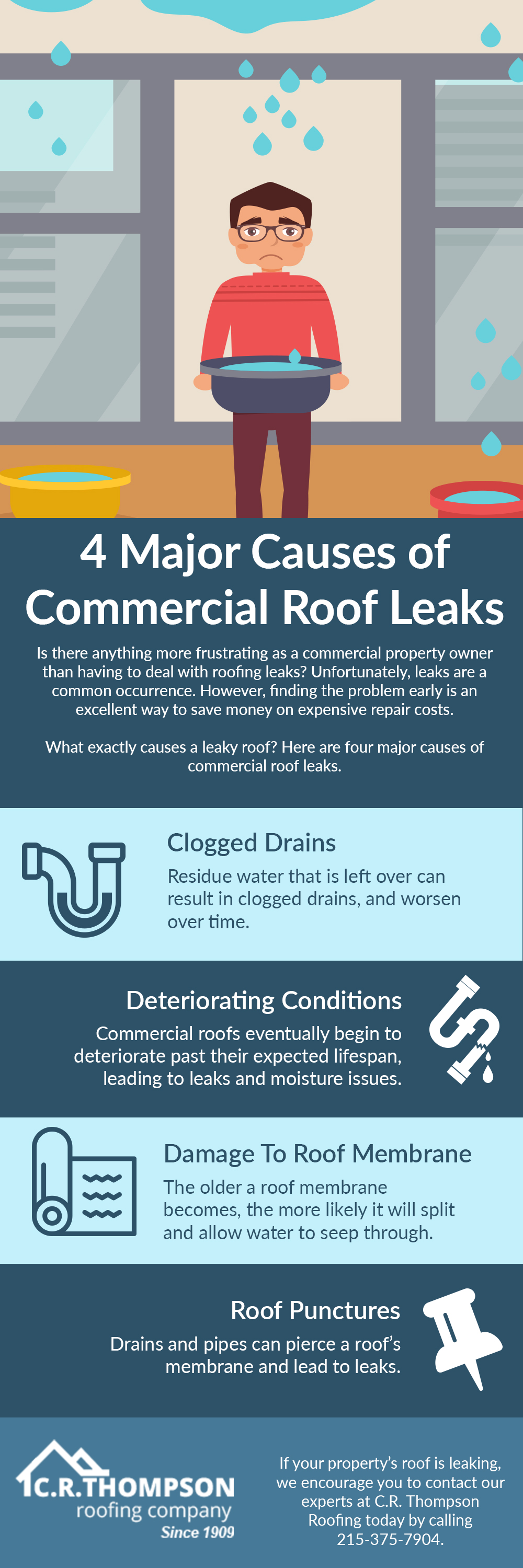What Is The Influence Of Weather On Your Roofing'S Architectural Stability? Discover Essential Actions To Secure It From Ecological Problems Before It Comes To Be A Pressing Issue
What Is The Influence Of Weather On Your Roofing'S Architectural Stability? Discover Essential Actions To Secure It From Ecological Problems Before It Comes To Be A Pressing Issue
Blog Article
Article By-Spencer Gordon
When it comes to your roof, the climate plays an important role in its total health and lifespan. You may not understand how rain can lead to leakages or just how heavy snow can stress the structure. Also the sunlight's unrelenting rays can weaken your roof covering materials over time. It is very important to recognize these influences, yet what can you do to protect your roofing system from the components? Discovering upkeep techniques and material options could be crucial to ensuring your roofing stands strong versus whatever Mother Nature throws its way.
Impacts of Moisten Roof
Rain can be a silent adversary to your roofing system, creating both immediate and long-term damage. When water leaks into splits or spaces, it can lead to leakages, which may disappoint up as soon as possible. You could observe a tarnish on your ceiling, but by then, the dampness might have already compromised your roofing structure.
Over time, consistent exposure to rain can damage roof products. Shingles might warp, crinkle, or perhaps break down, leaving your home prone to further water invasion. Mold and mold flourish in wet problems, which can endanger your indoor air high quality and bring about health problems.
Standing water on your roofing can additionally trigger significant issues. It adds unneeded weight, raising the danger of architectural failure. Plus, it can increase the wear and tear of your roof covering products, making substitutes a lot more frequent and pricey.
To shield your roof covering, guarantee your gutters are tidy and operating correctly to draw away rainwater away. Routine assessments can assist you capture potential issues before they intensify.
Taking these actions currently can conserve you money and time in the long run, keeping your home secure and dry.
Effect of Snow and Ice
When wintertime arrives, snow and ice can posture significant threats to your roof covering, similar to rainfall. Gathered snow can be rather hefty, and if it does not slide off, it can create a harmful tons that your roof covering mightn't have the ability to support. This pressure can result in drooping, leakages, or even structural failing.
https://www.ozarksfirst.com/local-news/local-news-local-news/kolr10-investigates-clients-suppliers-contractors-former-employees-left-in-the-dust-by-love-our-roof/ can also create troubles, especially with ice dams. When snow on your roof thaws, it can flow down and refreeze at the eaves, developing a dam that protects against proper drainage. Water after that backs up under shingles, resulting in leakages and water damages inside your home.
To protect your roofing system, it's essential to maintain rain gutters free from debris, enabling correct water drainage. Routinely checking your roofing system for signs of wear and damages can aid capture issues early.
If you notice a significant quantity of snow, think about employing an expert to remove it safely. Remember, it's better to be proactive about snow and ice than to manage pricey fixings later on. Taking these steps can aid ensure your roof stands up to the winter season without serious issues.
Sunshine and Temperature Level Challenges
While you could take pleasure in bright days, long term direct exposure to sunlight and severe temperature levels can be damaging to your roof. best gutter services san antonio can break down roof materials in time, causing bending, splitting, or fading. If your roofing's roof shingles are made from asphalt, they may become brittle under intense heat, making them extra susceptible to damage.
Furthermore, heats can enhance the risk of thermal expansion. As https://roofingfeltpaper39516.blogadvize.com/41416225/regular-mistakes-in-roofing-setup-and-techniques-for-avoidance broaden throughout the warmth of the day and contract in the evening, this consistent cycle can develop stress and anxiety on your roof, potentially creating leakages or various other structural problems.
You may also see boosted power costs as your cooling system works harder to battle warm accumulation in your attic.
It's essential to choose roof covering materials that can endure your regional climate's temperature level variations. Light or reflective roof covering can help in reducing warm absorption, while correct ventilation in your attic can maintain a well balanced temperature level.
Normal assessments and maintenance can additionally capture problems early, guaranteeing your roofing system remains in optimal condition. By remaining positive, you'll secure your financial investment and expand your roofing's lifespan in spite of the difficulties posed by sunshine and temperature extremes.
Conclusion
To conclude, recognizing how weather influences your roofing system is important for keeping its stability and longevity. Rainfall can lead to leakages, snow and ice can create hefty tons, and long term sun direct exposure can trigger materials to break down. By staying proactive with normal maintenance and picking the ideal materials, you can safeguard your roof covering from the elements. Keep in mind, a properly maintained roofing system not only boosts your home's value but also keeps you safe and comfortable for several years ahead.
